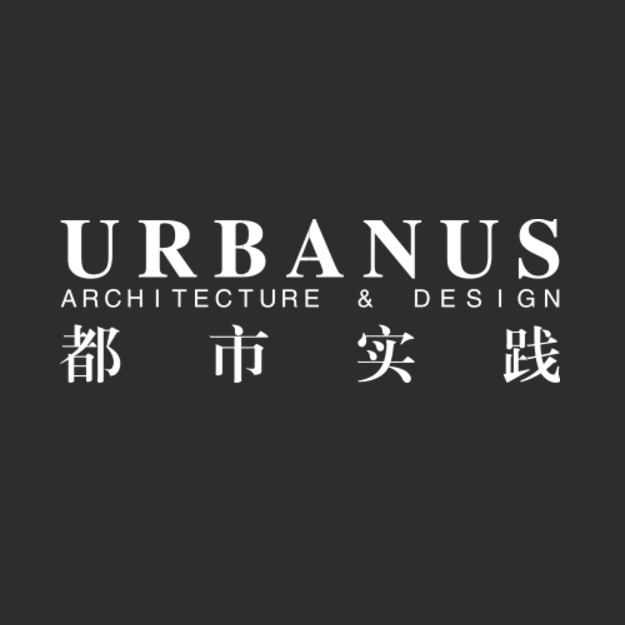Author: Urbanus
The rehabilitation and adapted reuse of old buildings, especially old industrial buildings in China has become a hot trend. It is so typical that we consider it as a new building type worth investigation from the views of architecture, urbanism, culture and society. This essay discusses the rehabilitation of the common industrial buildings which lack enough perceived cultural value for historic preservation.
This factory rehabilitation movement was initiated by an art collective by consideration of low rent. The effort to industrialize China in the last century has left a large amount of the industrial buildings inside the major cities. While many of them have vanished in the current fast paced urban development, people gradually realized that those buildings could be the objects of “history consuming”, to balance the loss of a sense of history in the fast pace of urbanization. The land use restriction by the old zoning system also helped to prevent the property easily being converted into commercial development.
It is fascinating to study the replacement of the ownership of the properties; the hand over from the worker class to the city class is an interesting phenomenon. The city class people are able to read the historic meaning of the old stuff. Then this alternative way of development has become a new chance for the urban reborn. This phenomenon represents the changing cultural and aesthetic taste of the general public, although deeply inside it is actually the rethinking of modern urban problems.
Another aspect of the industrial building remodel fever tells the fact that the working and living in old factory area has become a new social identity for the creative culture workers in the fields of art, drama, film, media, architecture…. Those people have high social standing and relatively low financial ability. Old factory buildings are the perfect places for them to live — interesting enough to stand out from the general public, and best expressing their special view towards the culture, history, fashion and taste. More surprisingly the newly rich class in China is in favor of this kind of avant-garde culture rather than the popular culture. This force has pushed the old factory building renovation movement to a practical stage.
Urbanus has done several factory rehabilitation designs in the past 3 years. It finds the limitation of this fashionable type, though there are many opportunities for the urban design and urban activities. One of the most meaningful things is the public participation. For example, in the planning of Shenzhen OCT Loft area, Urbanus proposed the strategy of forming a new mixed urban neighborhood by doing step by step replacement and refill new elements. The planning treats the old buildings as temporary places, even substitutes of other building types such as the OCAT art center. The renovation is not aimed for permanent usage; it is for waiting for the best time for future redevelopment. Leaving time stamp in the development of the area is the best for the city. That is a typical method to do those low history value industrial buildings.
It is very important to rediscover the cultural meaning of the historic fragments in the old buildings. In the Tangshan Museum Park project, Urbanus took several 1930s old warehouses that survived from the 1976 earthquake to be the exhibition site of the hundred year history of Tangshan. The people who live in the completely rebuilt city are able to realize that the city used to have a rich history.
In MVRDV’s Taida City project in Tianjin, Urbanus’ sales office design object was an old factory building. The concept was to introduce a variety of the activities in the open factory building, to make people into being the focal point of the design. It turned the place from a dirty warehouse into an upscale great hall.
All these efforts are trying to write a new story in the context of history. It could be a good strategy in a time of common weakness in the creativity of our society, especially when the historic material for ready-made are readily available. The entertainment of consuming history is also an activity of creation. It can preserve the history unintentionally. The history has continued on its way.
